How much does GeigerRig rule the hydration pack world? All the way! The customer service is amazing, both my little children can work the hydration engine out of the package, and it looks durable as can be! Heck, the picture above shows that it can withstand the rugged outdoor adventures on Tatooine and Hoth. Speaking of Star Wars references, the shipping was so fast that I think they are secretly hiding Lightspeed technology.
In all seriousness, I lucked out big time this week by winning a giveaway hosted by GeigerRig. Up for grabs was a 3-Liter Geigerrig Hydration Engine (Editor's Choice at Outdoor Gear Lab) and a Geigerrig G4 125 FL Virus Filter. Two days after winning, the box arrived and here I am writing about it.
Why am I considering this a hack? Well, my hikes with Trail-Son have been getting much longer (for example, see Whitewater Trail to Jefferson Park or Cascade Head). With him weighing around the 35-pound mark, and my day bag typically around 15-pounds, many of the miles on these hikes are packed with extra weight. Hiking with the wee one is an exercise in carrying the 10+20 essentials, and he is often being carried after we exhaust his four-mile comfortable hiking capability.
While I won't cut out a lot of weight, being able to refuel on water during our hikes in the typically water-copious Pacific Northwest will do wonders. As it stands now, I am the camel carrying the entire hike's supply of water from beginning to whatever is left at the end.
I have always relied on really basic hydration bladders, so this whole concept of a hydration engine that shoots water straight into a thirsty mouth is a new experience for me. Being able to rely on purification of water that doesn't entail boiling or tetraglycine hydroperiodide is also a new deal for me. At 1.05 ounces for the filter, I am digging the future potential and giddy about the abundant filtering capability per cartridge.
On that note, thanks again to GeigerRig for helping open up some new vistas for my little hiking family. It may seem like a little thing, but this is really huge for me. I can't wait to test this out in the Oregon mountains, whether on a lengthy day hike or once Trail-Son and I begin backpacking together.
In all seriousness, I lucked out big time this week by winning a giveaway hosted by GeigerRig. Up for grabs was a 3-Liter Geigerrig Hydration Engine (Editor's Choice at Outdoor Gear Lab) and a Geigerrig G4 125 FL Virus Filter. Two days after winning, the box arrived and here I am writing about it.
Why am I considering this a hack? Well, my hikes with Trail-Son have been getting much longer (for example, see Whitewater Trail to Jefferson Park or Cascade Head). With him weighing around the 35-pound mark, and my day bag typically around 15-pounds, many of the miles on these hikes are packed with extra weight. Hiking with the wee one is an exercise in carrying the 10+20 essentials, and he is often being carried after we exhaust his four-mile comfortable hiking capability.
While I won't cut out a lot of weight, being able to refuel on water during our hikes in the typically water-copious Pacific Northwest will do wonders. As it stands now, I am the camel carrying the entire hike's supply of water from beginning to whatever is left at the end.
I have always relied on really basic hydration bladders, so this whole concept of a hydration engine that shoots water straight into a thirsty mouth is a new experience for me. Being able to rely on purification of water that doesn't entail boiling or tetraglycine hydroperiodide is also a new deal for me. At 1.05 ounces for the filter, I am digging the future potential and giddy about the abundant filtering capability per cartridge.
On that note, thanks again to GeigerRig for helping open up some new vistas for my little hiking family. It may seem like a little thing, but this is really huge for me. I can't wait to test this out in the Oregon mountains, whether on a lengthy day hike or once Trail-Son and I begin backpacking together.
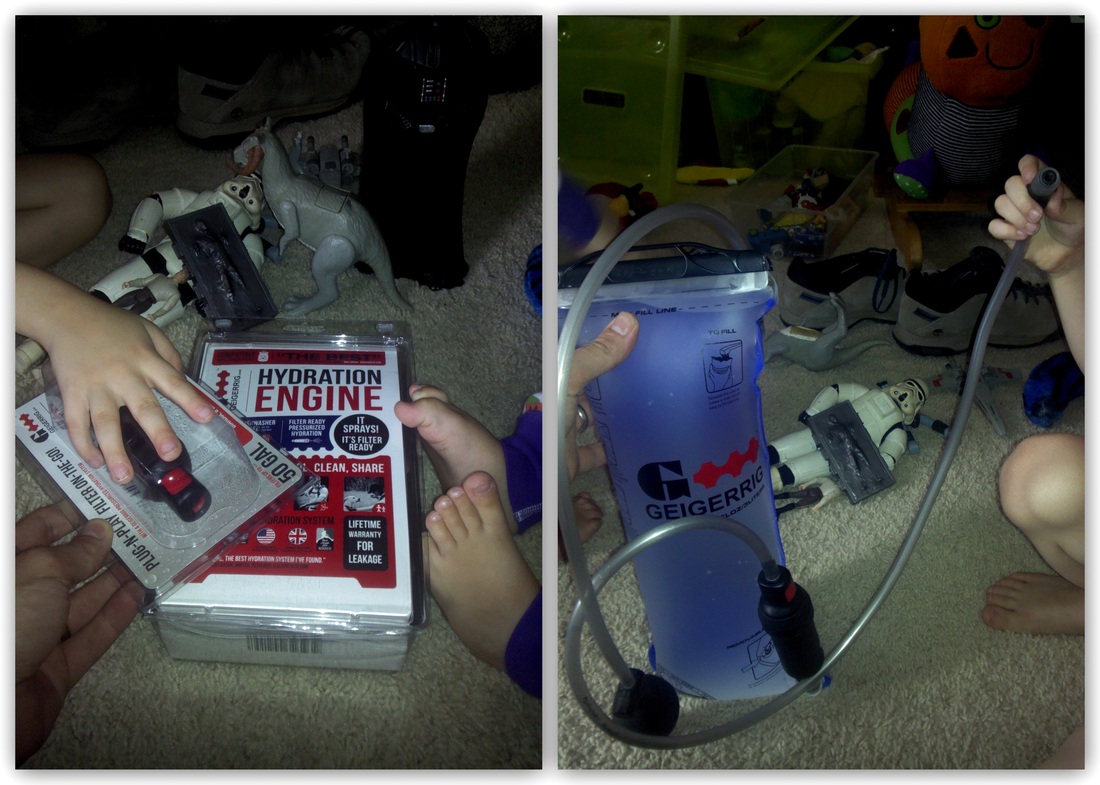
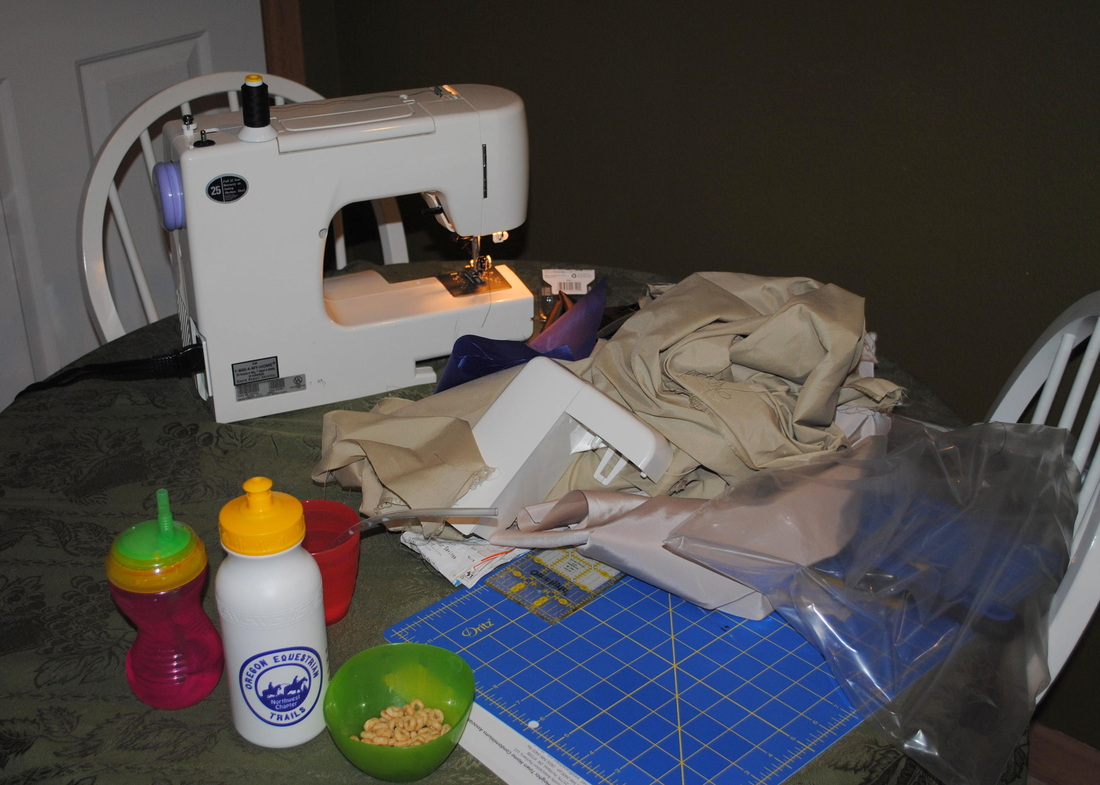
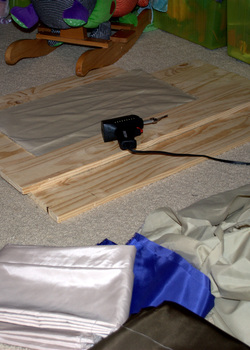
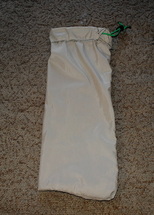
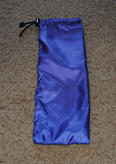
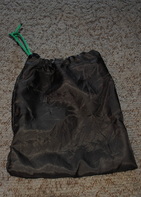
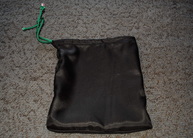
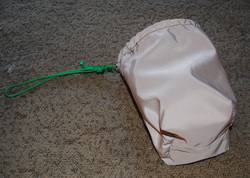
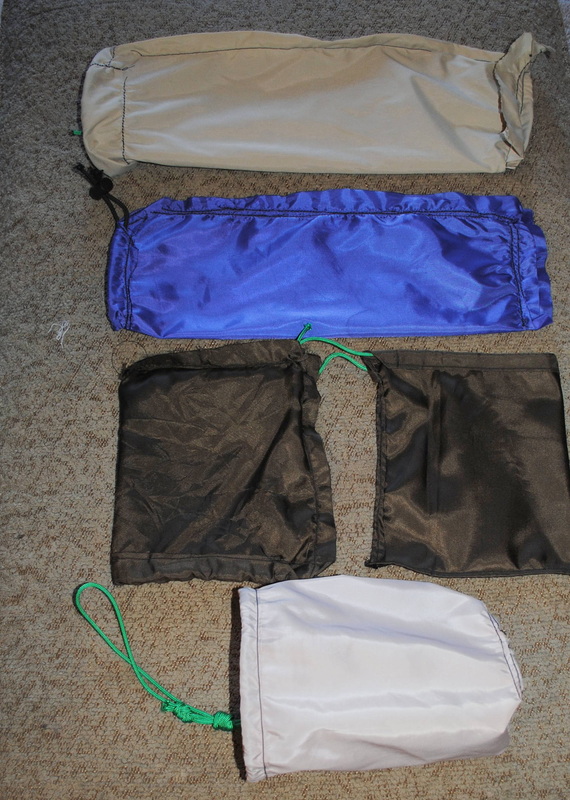

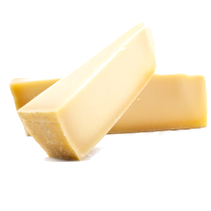
 RSS Feed
RSS Feed
